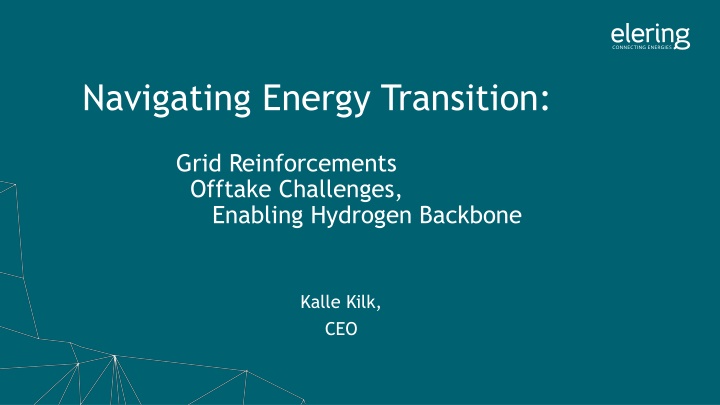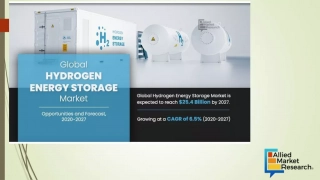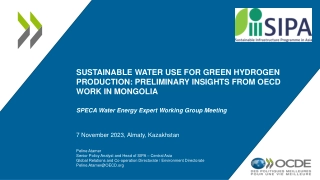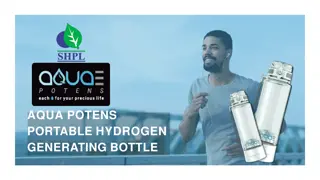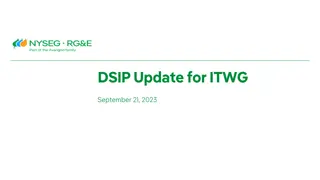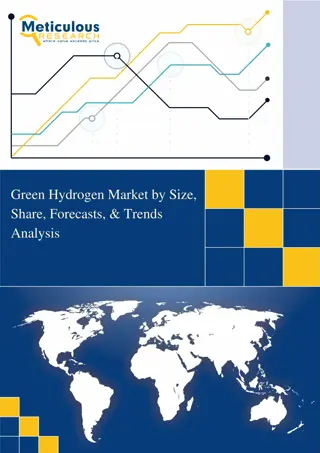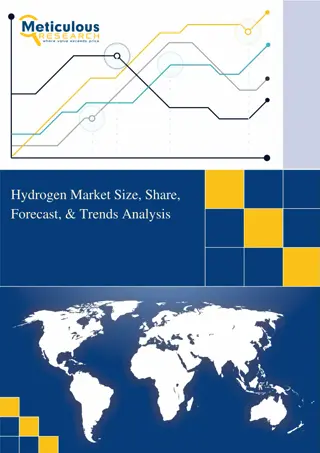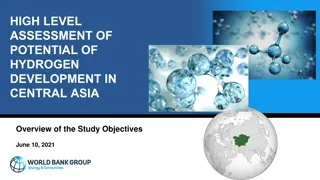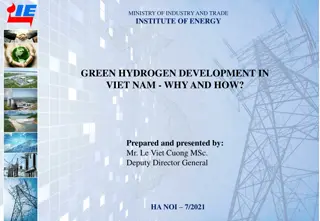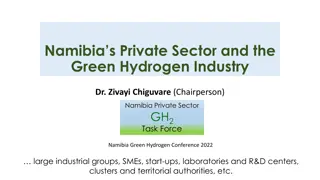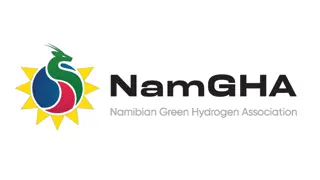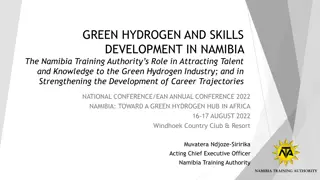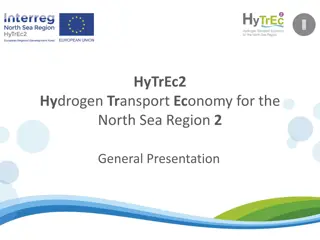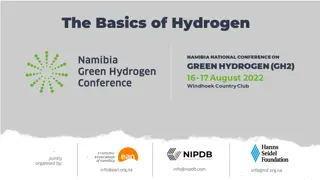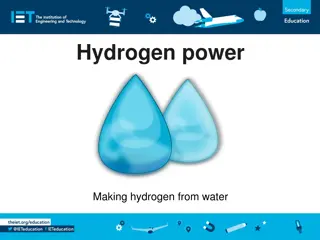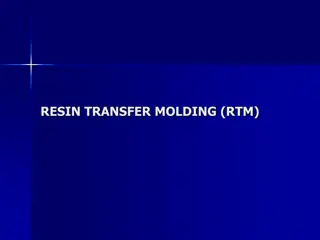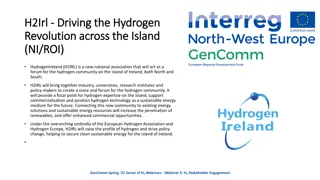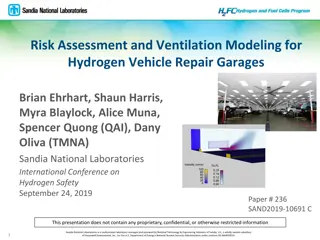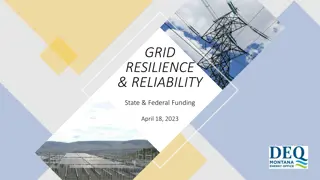Navigating Energy Transition: Grid Reinforcements & Hydrogen Backbone
Grid reinforcements and offtake challenges are explored in enabling a hydrogen backbone, with a focus on renewable electricity goals by 2040, the need for CO2 neutral gaseous fuels, and integrating renewable hydrogen through pipelines as a cost-efficient decarbonization solution. The long-term vision includes leveraging wind energy potential and building a hydrogen corridor to meet ambitious decarbonization targets across European countries.
Download Presentation

Please find below an Image/Link to download the presentation.
The content on the website is provided AS IS for your information and personal use only. It may not be sold, licensed, or shared on other websites without obtaining consent from the author.If you encounter any issues during the download, it is possible that the publisher has removed the file from their server.
You are allowed to download the files provided on this website for personal or commercial use, subject to the condition that they are used lawfully. All files are the property of their respective owners.
The content on the website is provided AS IS for your information and personal use only. It may not be sold, licensed, or shared on other websites without obtaining consent from the author.
E N D
Presentation Transcript
Navigating Energy Transition: Grid Reinforcements Offtake Challenges, Enabling Hydrogen Backbone Kalle Kilk, CEO
Renewable electricity goals 2030 2040 All electricity and heat production CO2 neutral 100% renewable electricity 10.5 TWh renewable electricity The need for CO2 neutral gaseous fuels 5500-6000 MW power plants Hydrogen infrastructure Biomethane infrastructure
Network long term vision 1. The potential of wind exceeds Estonia's energy needs many times over 2. It is foreseen that the need for renewable energy in Central Europe will increase Estonia-Latvia (market capacity increase by approx. 500 MW) 2033 (7 years after permit) Estonia Finland 3 ( transmission capacity approx. 700 MW Future investigations: Hiiumaa Possibility of additional international connections, for example Sweden or Germany
The need for CO2 neutral gaseous fuels THE IN CONNECTING RENEWABLE HYDROGEN PRODUCTION TO HYDROGEN DEMAND ENABLING DECARBONISATION TARGETS TO BE MET WILL PLAY A SIGNIFICANT ROLE ~ 2.7 Mt H2/y ~ 91 TWh/y HYDROGEN THROUGHPUT BY 2040 ~ 2,500 KM TOTAL LENGHT OF MAIN PIPELINE 6 PCI STATUS EUROPEAN COUNTRIES 5 11.3.2025 NORDIC-BALTIC HYDROGEN CORRIDOR
INTEGRATING RENEWABLE H2 THROUGH A PIPELINE IS A COST-EFFICIENT SOLUTION TO DECARBONISATION, OFFERING SECURITY AND DIVERSITY OF SUPPLY, ENABLER OF GREEN INDUSTRY NBHC will integrate clean hydrogen across six member states, supporting EU and national hydrogen and decarbonisation goals. DECARBONISATION Reduction in carbon emissions of up to 37 MtCO2 eq/year by 2050. The NBHC brings a cost effective and flexible solution to address the European supply diversity and energy security needs towards the European energy transition ambitions. COST-EFFICIENT ENERGY SECURITY The NBHC s flexible hydrogen balancing techniques will benefit the EU energy market, provide flexibility to major hydrogen markets and reduce the project costs. BENEFITS MARKET INNOVATION Connecting 4TWh of renewable energy storage to EU by 2040. The NBHC bases on regional cooperation between six member states. Stakeholder engagement is a key for developing infrastructure, balancing mechanisms and project support. STRATEGIC COLLABORATION EUROPE ENERGY SECURITY NBHC is the solution to connect indigenous clean hydrogen potential and new demand together to meet ambitious goals while facilitating new investments across the hydrogen value chain. SUPPLY AND DEMAND POTENTIAL Transporting up to ~4 Mt/year (128TWh) of H2 by 2050. 6 11.3.2025 NORDIC-BALTIC HYDROGEN CORRIDOR
STAGES AND TIMELINE Developing new hydrogen infrastructure is a lengthy process and decisions to start national planning should be taken This is especially challenging for large scale cross-border hydrogen infrastructure like NBHC, that would be the Backbone of the Estonian hydrogen system and market, when currently the hydrogen market is in its infancy and regulation is under development. The infrastructure itself can be designed scalable - to keep the initial costs lower and to be able to increase the capacity together with the development of the market. Current best estimate for the timeline and stages of NBHC development in Estonia: NORDIC-BALTIC HYDROGEN CORRIDOR
